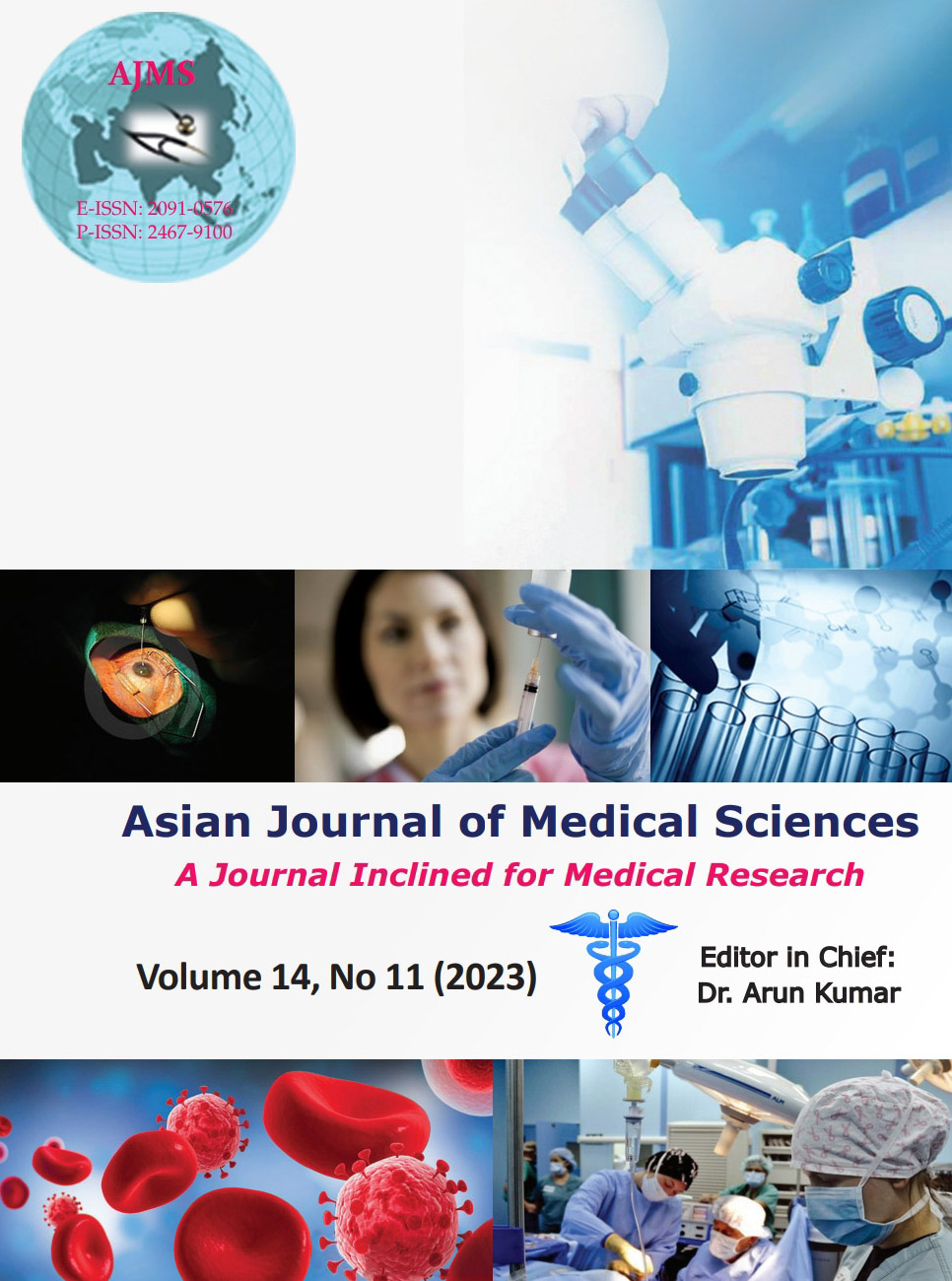Epidemiological and bacteriological profile of sepsis in burns patients: A report from tertiary care hospital, India
Keywords:
Keywords: Sepsis, Antibiotics, Wounds, Epidemiology, Bacteria Keywords: Sepsis, Antibiotics, Wounds, Epidemiology, BacteriaAbstract
Background: Burns are one of the most prevalent and mortifying forms of trauma. Patients burn with significant thermal injury require immediate intensive care unit (ICU) care to minimize morbidity and mortality. Burns patients are generally more predisposed to sepsis because of two main reasons, i.e., burn wound infection and catheter-related bloodstream infection (CRBSI). Due to extensive skin barrier disruption and an alteration in the cellular and humoral immune responses burn wounds has a much higher incidence of sepsis as compared to other forms of trauma.
Aims and Objectives: The present study was undertaken to study the bacteriological profile and sources of sepsis in burns patients and their antimicrobial susceptibility pattern.
Materials and Methods: It is a prospective observational study conducted in the Department of Burns, Plastic and Maxillofacial Surgery, ICU and Department of Microbiology of a tertiary care hospital, Uttar Pradesh, India, between January 2020 and June 2022. Adult patients with 30–70% of total body surface area burns with central venous catheter (CVC) inserted during ICU admission were enrolled in the study. The presence of clinical sepsis in the burn patients was evaluated using the American Burn Association Sepsis criteria. For all patients with suspected clinical sepsis, paired blood cultures were collected simultaneously; one from the CVC and another from a peripheral site and were sent for bacteriological culture. Blood culture samples were processed as per standard procedures. CRBSI was defined if the same organism was isolated in paired blood cultures. Burn wound biopsy was sent for quantitative culture and 105 organisms/g of tissue were considered significant.
Results: In the present study, the overall incidence of clinical sepsis was 28.4% (39/137), out of which 48.7% of cases were found to be due to CRBSI and the most common organism involved was Klebsiella spp. (42.1%), 33.3% of cases were due to burn wound sepsis and the most common organism involved was Pseudomonas spp. (61.5%); and 18.0% of cases were those in which no known source could be found. Possible explanations for these cases could be sepsis without bacteremia due to endotoxins and Gram-negative endotoxemia.
Conclusion: To find out microorganisms causing burn wound infection by culture and provide suitable antibiotics according to their antibiotic sensitivity patterns helping us in managing these infection and decreasing overall morbidity and mortality in burn patients.
Downloads
Downloads
Published
Versions
- 2023-11-02 (2)
- 2023-11-01 (1)
How to Cite
Issue
Section
License
Copyright (c) 2023 Asian Journal of Medical Sciences

This work is licensed under a Creative Commons Attribution-NonCommercial 4.0 International License.
Authors who publish with this journal agree to the following terms:
- The journal holds copyright and publishes the work under a Creative Commons CC-BY-NC license that permits use, distribution and reprduction in any medium, provided the original work is properly cited and is not used for commercial purposes. The journal should be recognised as the original publisher of this work.
- Authors are able to enter into separate, additional contractual arrangements for the non-exclusive distribution of the journal's published version of the work (e.g., post it to an institutional repository or publish it in a book), with an acknowledgement of its initial publication in this journal.
- Authors are permitted and encouraged to post their work online (e.g., in institutional repositories or on their website) prior to and during the submission process, as it can lead to productive exchanges, as well as earlier and greater citation of published work (See The Effect of Open Access).




